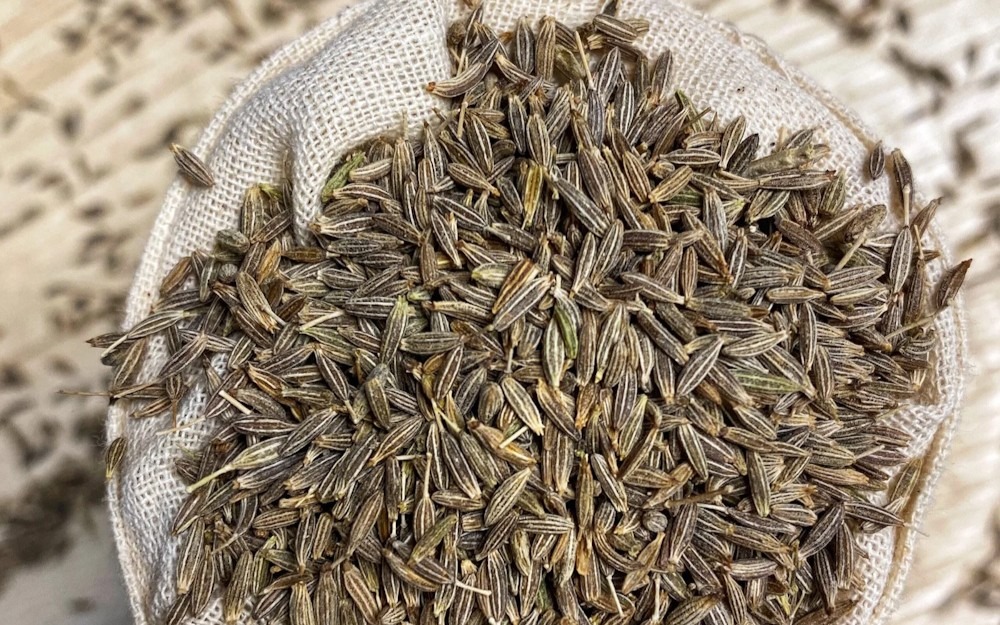
Jeera concluded the trading session yesterday with an increase of 0.82% at Rs 20,340, driven by short covering and diminished arrivals in the aftermath of the Diwali holidays, resulting in a subdued market environment. Support was also observed following the GST Council’s decision to lower the GST rate on jeera to 5%, which is expected to enhance domestic FMCG demand and improve export competitiveness.
Nonetheless, the potential for upside appears constrained as export demand has diminished following the retail season, with foreign purchasers largely inactive. Supplies are ample, and current inventories adequately satisfy existing demand. Farmers are said to possess approximately 20 lakh bags of jeera, with an anticipated trade of merely 3–4 lakh bags by the season’s conclusion, resulting in a carry-forward inventory of nearly 16 lakh bags. Production for the 2024–25 season is anticipated to reach 90–92 lakh bags, a slight decrease from last year’s 1.10 crore bags, bolstered by favorable weather conditions and consistent sowing activities. Gujarat’s production is projected to be between 42 and 45 lakh bags, while Rajasthan’s output is anticipated to range from 48 to 50 lakh bags.
On the global front, cumin production in China has been adjusted to a range of 70,000–80,000 tonnes as a result of unfavorable weather conditions, whereas Syria, Turkey, and Afghanistan are projected to yield between 9,000–12,000 tonnes each. Jeera exports from April to August 2025 experienced a decline of 17.02%, totaling 85,977.39 tonnes, down from 103,614.50 tonnes in the previous year, indicative of weak international demand.
From a technical perspective, the market experienced short covering, evidenced by a 5.05% decline in open interest to 2,766, alongside a price increase of Rs 165. Jeera currently exhibits support levels at Rs 20,120 and Rs 19,910, with resistance identified at Rs 20,570 and Rs 20,810. A breach above the latter could signal the onset of new upward momentum.
